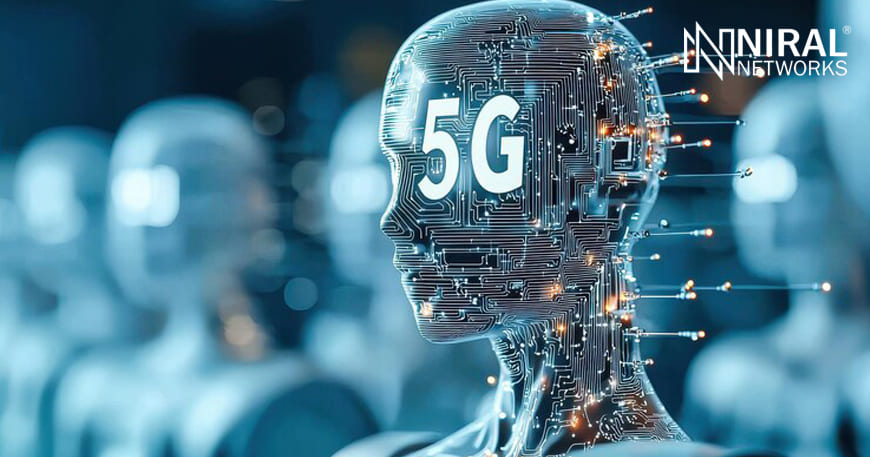Picture this: a bustling automotive factory where autonomous robots weld car parts with millimetre precision, sensors predict equipment failures hours before they occur, and AI-driven cameras optimize logistics in real time. This isn’t science fiction-it’s the future of industrial automation, powered by the convergence of generative AI (Gen AI) and private 5G networks. For manufacturers and logistics providers, this fusion isn’t just an upgrade-it’s a revolution. Let’s explore how this synergy is reshaping industries, driving efficiency, and unlocking unprecedented value.
The Synergy of Generative AI and Private 5G: A Match Made for Industry 4.0
Private 5G networks provide the backbone for industrial automation with ultra-low latency (<5 ms), high bandwidth, and dedicated connectivity. When paired with Gen AI-a technology capable of generating insights, synthetic data, and predictive models-these networks become intelligent ecosystems. Here’s why this combination is transformative:
1. Real-Time Decision-Making at the Edge
Gen AI thrives on data, but traditional cloud-based AI struggles with latency in dynamic environments. Private 5G solves this by enabling edge computing, where AI models process data locally. For example:
- A Gen AI-powered camera on a 5G-connected drone inspects warehouse inventory, identifying misplaced items and triggering automated restocking-all in under 50 milliseconds.
- Autonomous forklifts use Gen AI to navigate crowded factory floors, adjusting routes in real time based on live sensor data transmitted over 5G.
2. Predictive Maintenance: From Cost Center to Profit Driver
Unplanned downtime costs manufacturers an estimated $50 billion annually. Gen AI transforms this by analyzing historical and real-time equipment data to predict failures. With private 5G:
- Sensors on a CNC machine stream vibration data to a Gen AI model, which detects anomalies and schedules maintenance before a breakdown occurs. Pecan AI reports such systems can reduce maintenance costs by 30%.
- Synthetic data generated by Gen AI fills gaps in training datasets, improving prediction accuracy even with limited historical data.
3. Automation That Learns and Adapts
Traditional automation follows predefined rules. Gen AI adds adaptability. Consider:
- A robotic arm in an electronics factory uses Gen AI to refine its soldering technique by analyzing thousands of successful joints, improving precision by 15% month-over-month.
- In logistics, Gen AI optimizes delivery routes by simulating traffic patterns, weather, and demand fluctuations-all processed over a private 5G network to ensure real-time updates.
Use Cases: Where Gen AI and Private 5G Are Making Waves
1. Smart Factories: The Rise of the Self-Optimizing Plant
Automotive giant BMW recently deployed a private 5G network integrated with Gen AI to monitor its assembly lines. The results?
- 20% faster production cycles thanks to AI-driven process adjustments.
- 40% reduction in defects via real-time quality control using AI vision systems.
How it works:
- 5G-connected IoT sensors feed data into Gen AI models that simulate production scenarios.
- The AI identifies bottlenecks (e.g., a slow conveyor belt) and reallocates robotic resources instantly.
2. Supply Chain Resilience: Predicting the Unpredictable
During the 2024 Suez Canal disruption, a global retailer used Gen AI on a private 5G network to:
- Reroute 500+ shipments in 12 hours using AI-generated alternative logistics plans.
- Negotiate dynamic pricing with freight partners via AI-driven market analysis, saving $2.8 million.
3. Warehousing: From Chaos to Cohesion
Amazon’s latest fulfillment centers leverage this tech stack to:
- Direct workers via AR glasses overlaying AI-optimized picking paths, cutting retrieval times by 25%.
- Use Gen AI to predict stockouts 72 hours in advance, achieving 99.8% inventory accuracy.
Overcoming Challenges: The Road to Seamless Integration
While promising, merging Gen AI with private 5G isn’t without hurdles:
- Data Hunger: Training Gen AI requires massive datasets. Solution? Private 5G enables federated learning, where models train across distributed edge devices without centralized data pooling.
- Security Risks: A 2024 IBM study found 67% of manufacturers worry about AI/5G cybersecurity. Mitigation includes 5G network slicing to isolate critical AI workflows and quantum-resistant encryption trials.
- Skill Gaps: Only 18% of manufacturers have in-house AI expertise. Partnerships with firms like Niral Networks are bridging this through managed AI-5G platforms.
The Future: What’s Next for Gen AI and Private 5G?
By 2027, Gartner predicts 75% of enterprises will combine Gen AI with private 5G for industrial automation. Emerging trends include:
- AI-Driven Network Optimization: Gen AI will manage 5G traffic, predicting bandwidth needs and self-healing network issues-reducing downtime by 50%.
- Generative Digital Twins: AI will create virtual replicas of entire factories, simulating scenarios like demand spikes or machine failures to optimize operations proactively.
- Ethical AI Frameworks: As adoption grows, expect industry standards for transparent AI decision-making, especially in safety-critical sectors like aerospace.
Conclusion: The Industrial Revolution Gets an IQ Boost
The marriage of generative AI and private 5G isn’t just about smarter machines-it’s about building self-aware industrial ecosystems. For manufacturers and logistics providers, this means:
- Faster time-to-market with AI-optimized production.
- Resilient supply chains that anticipate disruptions.
- Safer workplaces where AI and 5G prevent accidents before they happen.
At Niral Networks, we are pioneering this future. Our AI-Ready Private 5G Platform integrates seamlessly with leading Gen AI tools, empowering enterprises to turn data into decisions at the speed of thought.





